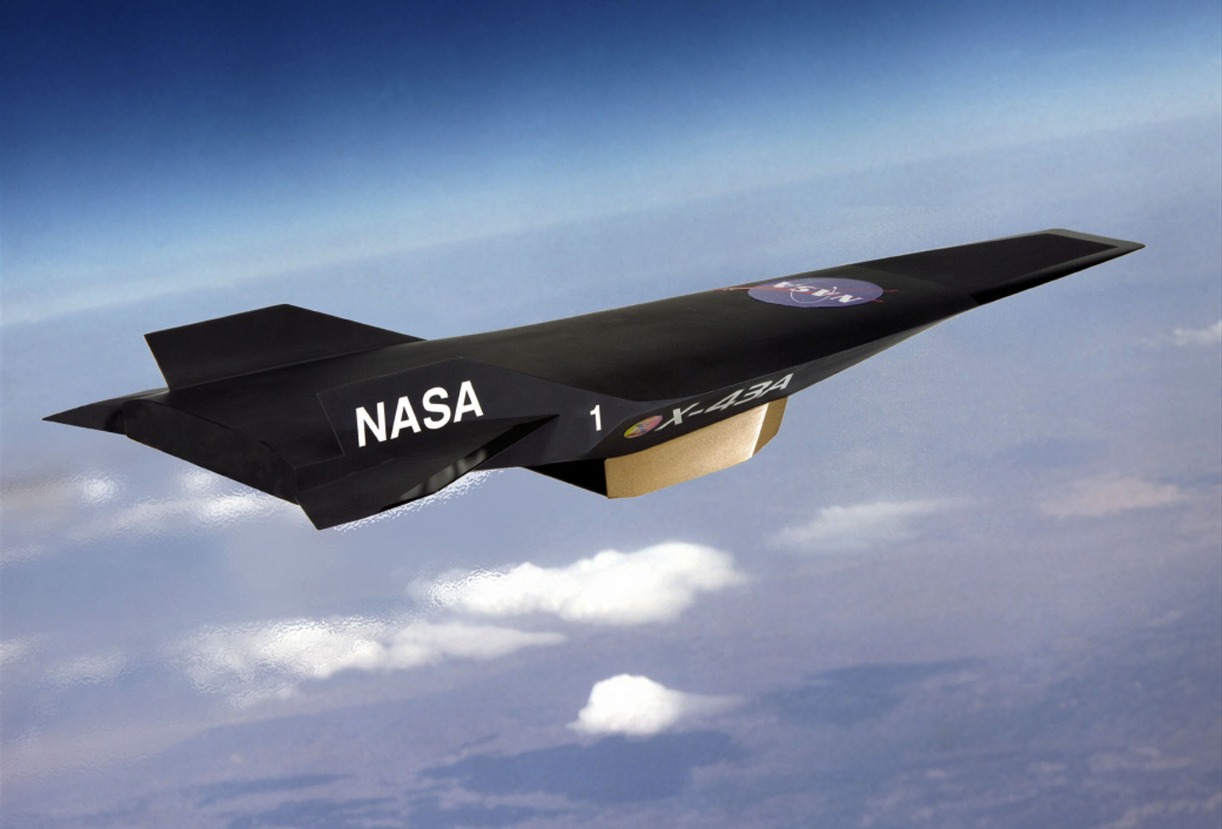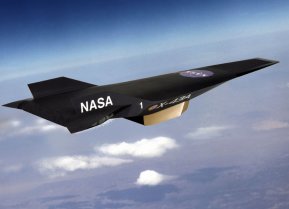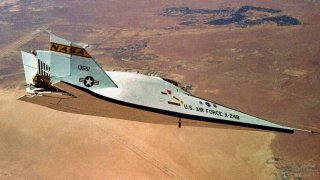Lockheed X-24C: The Hypersonic Mach 8 Monster the U.S. Military Had to Cancel
The Lockheed X-24C, an ambitious hypersonic aircraft project from the late 1970s, was canceled due to budget constraints, leaving its potential unfulfilled
Summary and Key Points: The Lockheed X-24C, an ambitious hypersonic aircraft project from the late 1970s, was canceled due to budget constraints, leaving its potential unfulfilled.

-Developed by NASA and the USAF's National Hypersonic Flight Research Facility, the X-24C aimed to build on the advancements of the X-15 and X-24B programs, with plans to reach speeds of Mach 8 using a scramjet engine. Had the program continued, the U.S. might have been far ahead in hypersonic technology today.
-Instead, the project remains a missed opportunity, while nations like Russia and China have advanced in fielding hypersonic weapons.
The Lockheed X-24C Was Destined to Fail
The annals of aviation history is littered with canceled projects, concepts that for one reason or another never came to be. The projects remains as blueprints, never to be built or flown. One such cancelled project was the Lockheed L-301, or X-24C, an experimental air-breathing hypersonic aircraft that was decades ahead of its time.
While the X-24C program never got off the ground, in January 1977, the program was “tentatively scheduled to operate two vehicles for eight years and to conduct 100 flights per vehicle.” But by September 1977 – just nine months later – NASA and the United States Air Force’s National Hypersonic Flight Research Facility (NHRF), who contracted with Lockheed Martin’s Skunk Works to lead the project, abandoned the X-24C for the same reason so many promising aviation projects were abandoned: budget constraints.
X-24C: What could have been
The X-24C was expected to build upon the advancements of the X-15 and the X-24B programs. The X-15 was the vaunted hypersonic rocket-powered aircraft that the USAF and NASA operated.
The X-15 was a remarkable machine, depicted recently in the film First Man, in a recounting of an incident one-time X-15 pilot Neil Armstrong had, in which he “skipped” his X-15 off the atmosphere of the Earth. The USAF and NASA had once considered controlled flight (as in the X-15) to space rather than the capsules-launched-atop-a-
The X-24B, meanwhile, was an experimental aircraft that was designed to build and test lifting body concepts. The X-24B was used to test unpowered reentry and landing – a technique that the Space Shuttle would later use.
The X-24C was to take the lessons learned during the X-15 and X-24B projects, with the expectation that the X-24C would be able to reach Mach 8 speeds and perform hypersonic skip-glide maneuvers for long range missions.
Scramjet Engine for X-24C
Initially, the X-24C was designed to carry the XLR-99 engine, which had been used previously on the X-15. But the design was changed; the XLR-99 was replaced with the LR-105, which was the sustainer engine used on the Atlas launcher. The LR-105 burnt RP-1 and LOX and was designed to bring the X-24C to hypersonic speeds, at which point the airframe’s hydrogen fueled, air breathing ram/scramjet (mounted in the belly of the airframe) would ignite, propelling the X-24X to speeds in excess of Mach 8 and altitudes in excess of 90,000 feet.
The ”scramjet propulsion concept is still widely considered to be the most likely candidate for hypersonic aircraft to this day,” Alex Hollings wrote for Sandboxx. “A normal jet engine uses a compressor section (fan blades) to compress air to be mixed with fuel and ignited, but at hypersonic velocities, that compressor becomes a hindrance, slowing airflow to subsonic speeds as it passes through.” A scramjet, however, “uses the immense pressure created by air flowing into the engine at supersonic speeds to handle compression, making it a far more efficient means of propulsion at such high velocities.”
As NASA estimates, scramjets could be used to achieve speeds of Mach 15 or higher. To date, NASA has achieved speeds of Mach 9.6 using a scramjet (the X-43A unmanned hypersonic aircraft).
Had the X-24C project proceeded, the US would likely be much further ahead today with respect to scramjet technology. Today, however, the US lags “behind nations like Russia and China in fielding operational hypersonic weapons.” Both China and Russia have already fielded hypersonic weapons. The US has not, although the Pentagon has indicated it will procure 24 hypersonic weapons next year. Despite the US lag in fielding hypersonic weapons, billions have already been invested in the development of the cutting edge weaponry – which are expected to fundamentally change the way wars are fought.
Why? Because hypersonic weapons will travel at about Mach 5, which means they will have enough kinetic energy to destroy targets without even using an explosive – and because to date, nothing exists that can coherently defend against hypersonic missiles. Anyways, had the X-24C program proceeded, the US likely would have fielded hypersonic missiles sooner.
Hollings is optimistic that, had the X-24C program proceeded, Lockheed Martin could have pulled off the impressive scramjet technology. “If anyone could make a hypersonic aircraft leveraging a combination of conventional and scramjet propulsion work in the 1970s, the guys who were making rocket-assisted F-80 fighters in the ‘50s and the space-scraping SR-71 in the ‘60s probably could.”
We’ll never know, however. The X-24C was a fascinating concept that exists now only as an unfulfilled blueprint.
About the Author
Harrison Kass is a prolific defense and national security writer with over 1,000 pieces published. An attorney, pilot, guitarist, and minor pro hockey player, Harrison joined the US Air Force as a Pilot Trainee but was medically discharged. Harrison holds a BA from Lake Forest College, a JD from the University of Oregon, and an MA from New York University. Harrison listens to Dokken.
All images are Creative Commons.


